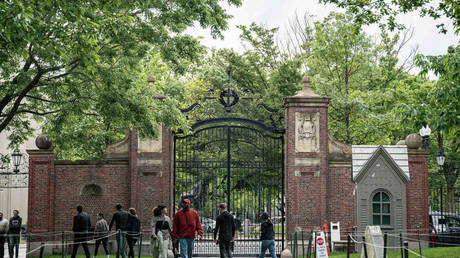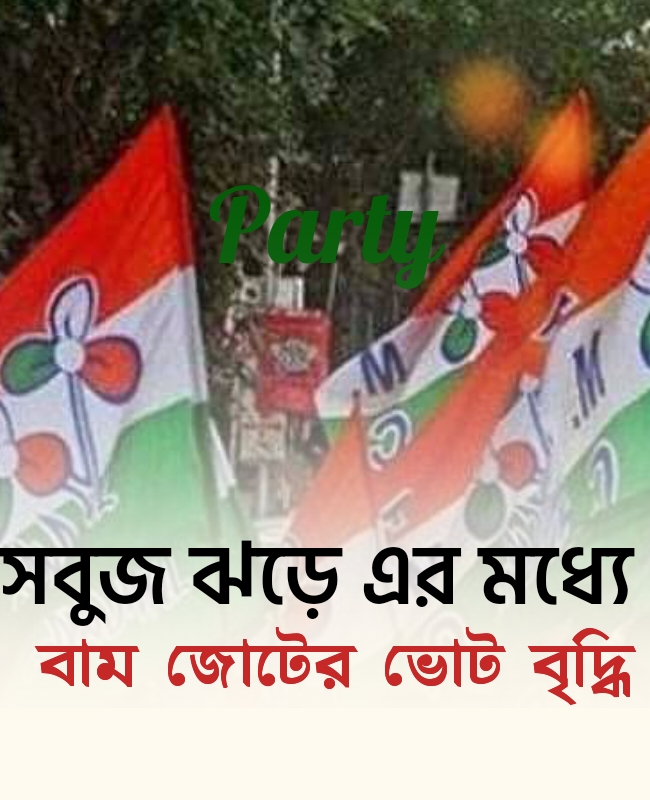President Donald Trump, while announcing a 25% tariff on Indian goods—effective August 1, 2025—used forceful language on his Truth Social platform and in White House press conferences. His rhetoric directly targeted India’s high tariffs on U.S. imports, calling them “among the highest in the World, and they have the most strenuous and obnoxious non-monetary Trade Barriers of any Country”[1][2]. Trump cited India’s longstanding trade deficit with the U.S.—$45.7 billion in 2024—as unsustainable and a reason for aggressive trade action[3].
Trump’s Key Points
- Tariffs as Leverage “We’re negotiating right now. We’ll see what happens… India was the highest or just about the highest-tariff nation in the world,” Trump said, stressing a “wait and see” approach but suggesting India’s high tariffs left the U.S. with little choice but to respond in kind unless a deal is reached[4][5].
- Penalty for Russian Ties: “They have always bought a vast majority of their military equipment from Russia, and are Russia's largest buyer of ENERGY, along with China, at a time when everyone wants Russia to STOP THE KILLING IN UKRAINE—ALL THINGS NOT GOOD! INDIA WILL THEREFORE BE PAYING A TARIFF OF 25%, PLUS A PENALTY FOR THE ABOVE, STARTING ON AUGUST FIRST,” Trump declared[1][2].
- Focus on Reciprocal Trade: Trump’s “Liberation Day” strategy is meant to “liberate” American exporters by matching or exceeding the tariffs they face abroad—a point he has repeatedly made clear since April, when he first threatened India with a 26% tariff that was then deferred[5][6].
- Personal Diplomacy Undercut: Despite calling Prime Minister Narendra Modi a “friend,” Trump underscored that business dealings have been minimal due to India’s trade barriers, and that Modi’s past gestures—like the “Howdy, Modi!” rally—did not translate into trade concessions[5].
- Pressure for Sectoral Access: The White House is frustrated by India’s refusal to open its agriculture and dairy markets to U.S. firms, as well as its continued reliance on Russian oil and arms—a key sticking point in negotiations[5].
- Uncertainty on Penalty: While the tariff is set, the “penalty”—reportedly tied directly to India’s Russian oil and weapons purchases—remains undefined, with details to be released later[5][7].
Congress’s Reaction: Modi Government’s Diplomacy Failed
The Indian National Congress has intensified its criticism of the BJP government, framing the U.S. tariff as both an economic and diplomatic failure for Prime Minister Modi. The party mocked Modi’s past overtures to Trump, notably the “Howdy, Modi!” event, as “showy diplomacy” that failed to deliver real benefits. Jairam Ramesh and other Congress leaders called for a more assertive foreign policy, warning that reliance on personal friendships with world leaders has left India vulnerable.
> “Despite showy displays of friendship, the Modi government could not prevent the U.S. from imposing crippling tariffs on our goods. This demonstrates the complete failure of their foreign policy.”
>
> — Senior Congress Spokesperson
Congress MPs have vowed to raise the issue in Parliament, demanding the government explain its diplomatic missteps and defend the interests of Indian exporters, MSMEs, and manufacturing hubs. The party has also internally debated the actual impact, with some leaders like Manish Tewari suggesting India can withstand the pressure, but most emphasizing the need for a stronger response.
Donald Trump’s move against India is both a calculated escalation in U.S. trade policy and a pointed rebuke of India’s strategic choices—especially its energy and defense partnership with Russia. Trump’s blunt public statements frame this as a necessary correction for “one-sided” trade and a warning against challenging U.S. priorities in global conflicts. Meanwhile, the Indian opposition uses the episode to attack the Modi government’s foreign policy, arguing that personal diplomacy with Trump has not shielded India from economic pressure. The tariff and penalty are now a litmus test for India’s negotiating power on the world stage—and for the credibility of its ruling party’s international engagements.










